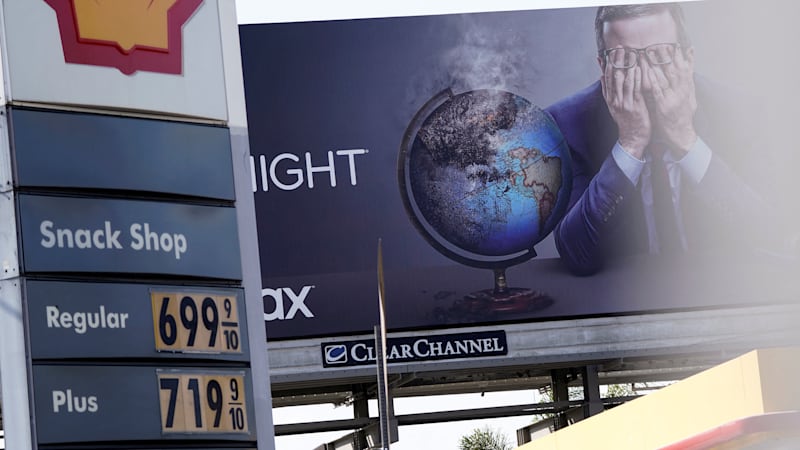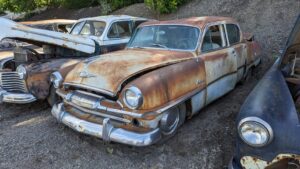California joins Washington with gasoline superuser study

A couple of weeks after the Washington state government made moves to study so-called gasoline superusers, California is doing the same. The superuser concept hit the news last summer in a report by Seattle-based EV advocacy non-profit called Coltura. Using data from the 2017 National Household Travel Survey (NHTS), Coltura defined gas superusers as the 10% of light-duty-vehicle drivers who use 32% of the gasoline bought by all light-duty drivers. The advocacy group believes EV incentives should be focused on these drivers, since converting one of them to electric will provide outsized benefit compared to adding a six-figure EV to a five-car garage. California Assembly member Phil Ting sponsored state bill AB 2816 that charges the California Air Resources Board (CARB) with studying the state’s superusers.
This bill specifically turns the lens on low-income communities whose residents, especially in California, often have the longest commutes in the oldest vehicles. Ting said, “Lower income communities are not only harmed first from tailpipe emissions, but they’re also the most negatively impacted,” adding, “By expediting the switch to ZEVs for the biggest gasoline users and prioritizing income-eligible drivers, we can advance environmental justice and a healthier future for all Californians.” Assembly member Jordan Cunningham added, “If your goal is to reduce emissions, incentivizing people that drive the most and use the most gas is an efficient way to accomplish that goal. There’s nobody you see driving more than a landscaper. If they were to switch to a ZEV, I can see tremendous savings.”
Washington State lawmakers recently approved a $450,000 budget appropriation to study the biggest gasoline users. Lawmakers aim to see how these drivers could be convinced to switch to EVs, how much fossil fuel use would be displaced if they did, and how much money these drivers would save, among other questions.
California’s AB 2816 asks CARB to figure out which low-income drivers use the most gas, and come up with an incentive scheme that helps them make the switch. More broadly, CARB will need to target the largest gasoline users in general so that incentive dollars are doing the most good to reduce ICE emissions.
The bill has made it successfully out of several committees, and is now headed to the Appropriations Committee. The goal sounds great and we’re looking forward to what CARB reports on the matter. Based on where EVs are at the moment and for the next few years, we have no idea how this would be implemented any time soon. Taking landscapers, for instance, affordable electric pickups and public residential charging infrastructure are years away. No harm in starting on the legwork in the meantime.
Related video:



